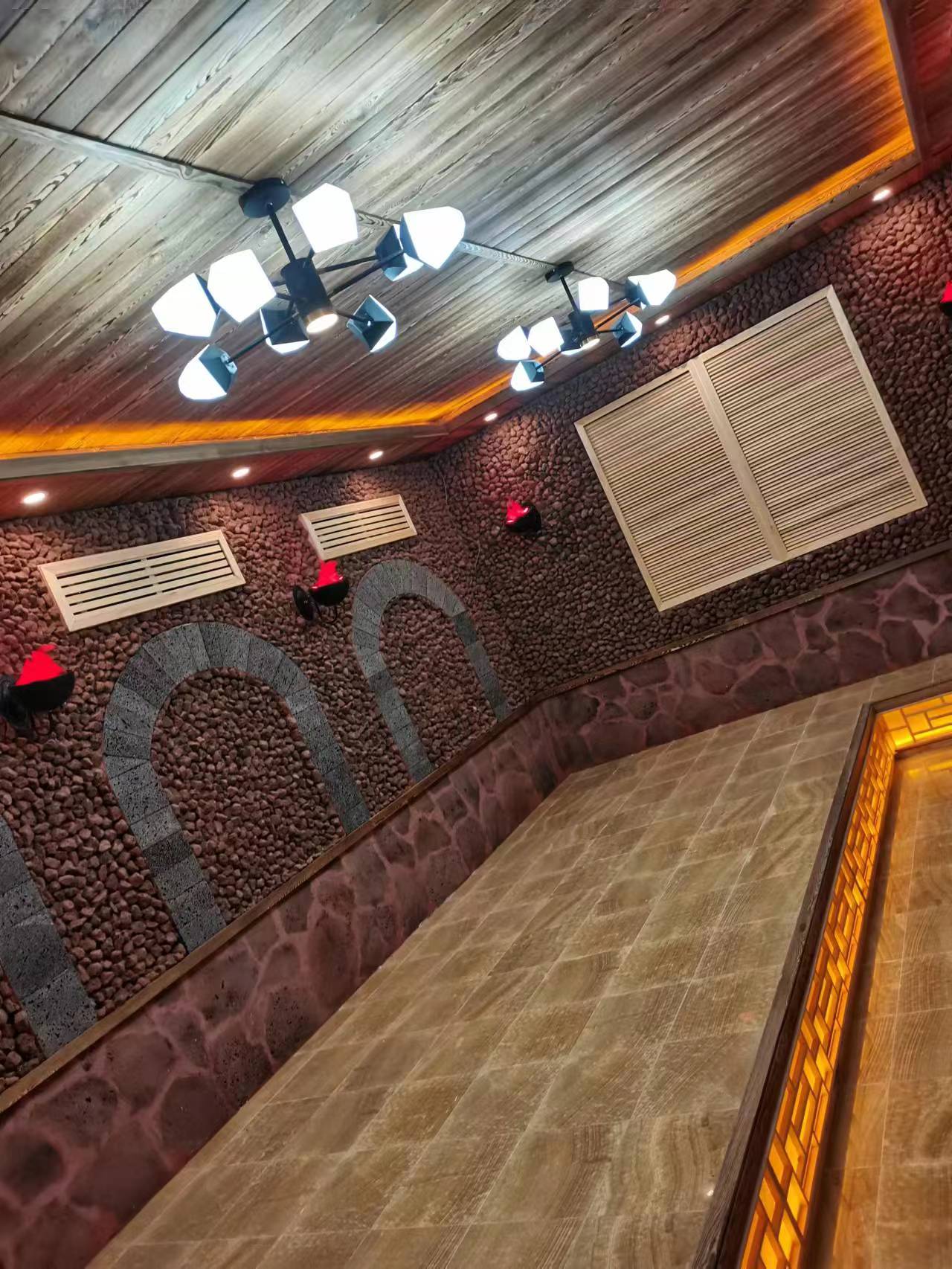
How do sauna room materials affect temperature retention and heat distribution in Oregon's seasons?
In Oregon, the seasons bring a diverse range of weather conditions, from cool, wet winters to warm, dry summers. When it comes to sauna rooms, the choice of materials plays a crucial role in both temperature retention and heat distribution throughout the year.
Wood is the most common material used in sauna rooms. In Oregon's colder seasons, such as winter, cedarwood is an excellent option. Cedar has natural insulating properties. Its cellular structure traps air, which is a poor conductor of heat. This helps in retaining the high temperatures inside the sauna. During the heating process, cedar also distributes heat relatively evenly. As the sauna heater warms up, the wood absorbs and slowly releases the heat, creating a more comfortable and consistent heat environment. In the summer, while the outside temperatures are warmer, the insulating nature of cedar still helps in maintaining the sauna's internal temperature, preventing rapid heat loss when the sauna is not in use.
Another type of wood, like hemlock, is also used. Hemlock is denser than cedar, which means it can store more heat. In the fall, when the evenings start to get cooler, a hemlock - built sauna can hold the heat for a longer period. However, its denser structure might require a bit more time for the heat to be evenly distributed during the initial heating phase.
Some saunas incorporate stone elements. In Oregon, where the climate varies, stones can be beneficial. For instance, soapstone is known for its high heat capacity. During the winter months, when people want a long - lasting and intense sauna experience, soapstone can be used as part of the sauna interior. The stone absorbs a large amount of heat from the sauna heater and then slowly releases it, keeping the sauna warm for an extended time. In spring, as the weather is a bit more unpredictable, the heat - retaining property of soapstone helps in maintaining a stable sauna temperature. It also affects heat distribution. When water is poured on the hot stones, the steam generated spreads the heat more evenly around the sauna room, regardless of the season.
Modern saunas often use additional insulation materials. Fiberglass insulation, for example, is placed behind the wooden walls in some cases. In Oregon's rainy winters, this extra insulation layer helps prevent heat from escaping through the walls due to the cold outside air. It also helps in maintaining a consistent temperature during the sauna session. In the hot summer, it stops the external heat from infiltrating the sauna, which could otherwise disrupt the desired internal temperature settings. Another insulation material, foam insulation, can be used for sealing gaps and corners. This ensures that the heat is retained within the sauna room and is distributed evenly without any cold spots, no matter the season.
Combining different materials can optimize temperature retention and heat distribution. For example, using a cedar interior with stone benches and proper insulation can create a sauna that is well - suited for all of Oregon's seasons. The cedar provides a pleasant aroma and initial insulation, the stone offers heat storage and even heat distribution when water is used, and the insulation materials keep the overall heat in the sauna room, allowing users to enjoy a consistent sauna experience throughout the year.

